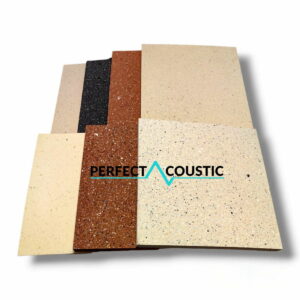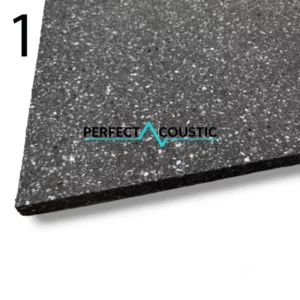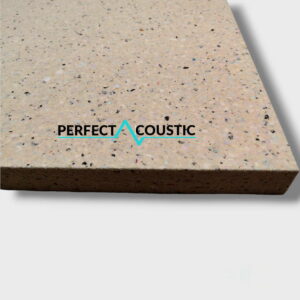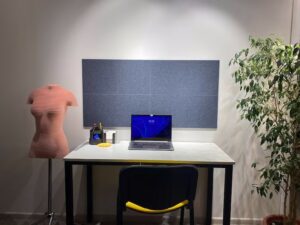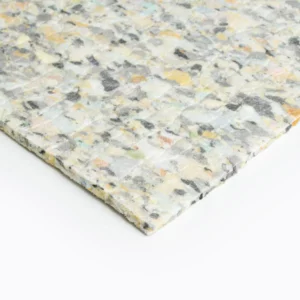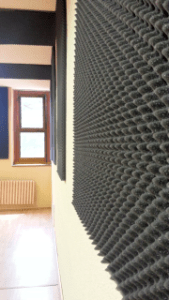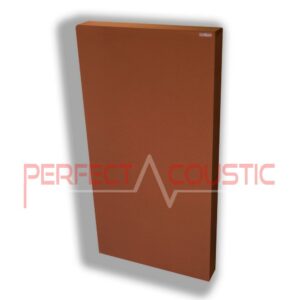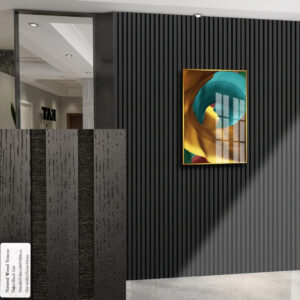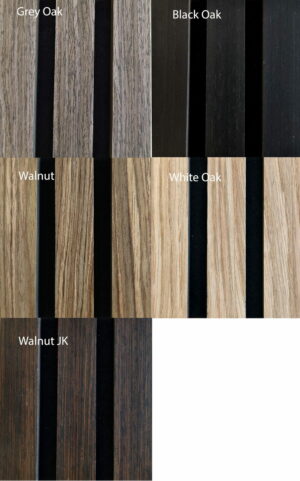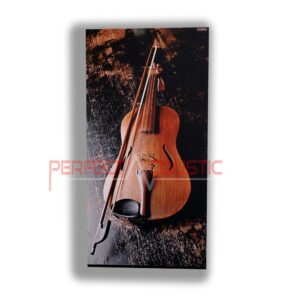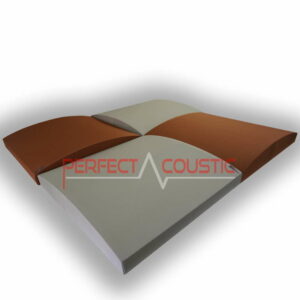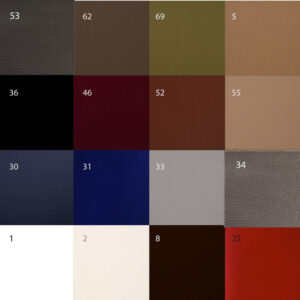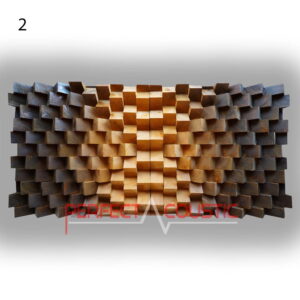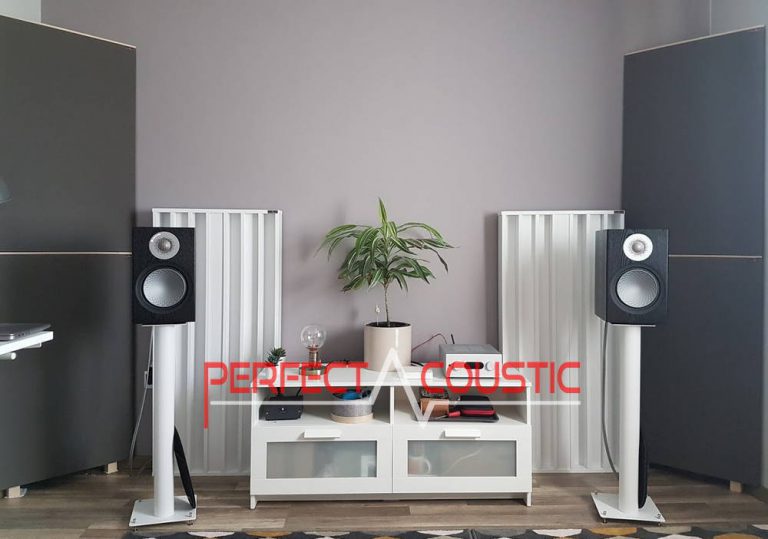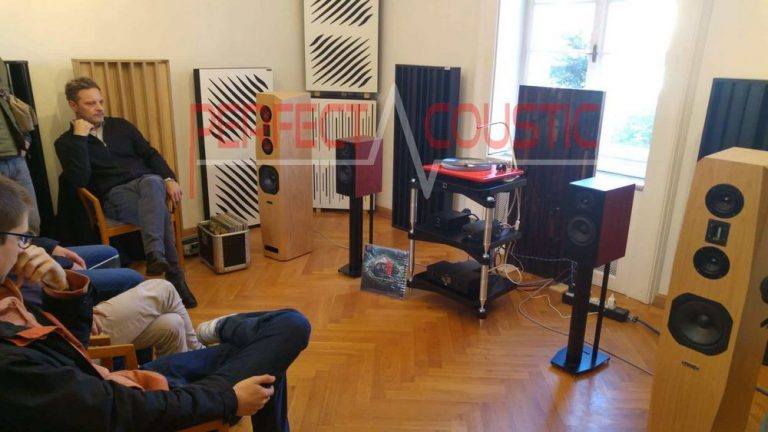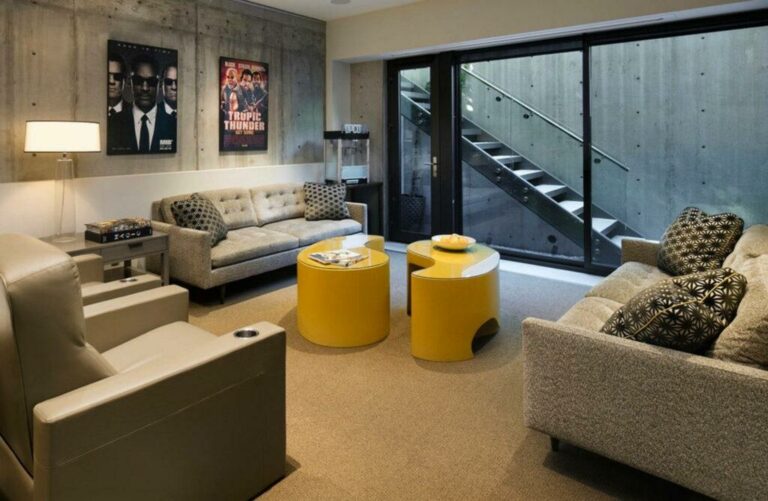We are talking about three completely different substances, which should have the same role, but one of them does it much better than the other. So it makes a difference which one is preferred, because they can have a major impact on the acoustics of a room, both negatively and positively.
If Sound Absorption, Then Acoustic Foam?
Generally, this is the first thing everyone thinks of when aiming to design targeted sound absorption, such as when setting up a home studio. To some extent, foam panels are adequate, but the density and material composition make a significant difference. If quality is truly what we seek, then the solution will definitely be either extra high-density acoustic foam or acoustic mineral wool.
Average foam, which can be cheaply acquired anywhere, is made from light, soft materials. These simple foams have a density of 20-30kg/m3, which is negligible compared to our Elitexa acoustic foam. Elitexa is the apple of Perfect Acoustic‘s eye, developed to be a sound-absorbing material with much greater density and weight in the path of sound. Generally, we use a compressed foam structure material weighing 80-200kg/m3. This material can absorb sounds as low as 50 Hz, unlike light foam, which is only capable of sound absorption above 800Hz. For example, underlays for laminated floors and carpets are made from materials with a density of 140-180kg/m3, thereby preventing the noise of children jumping from being heard by neighbors below.
Why Do Most Still Choose Poor Quality Soft Acoustic Foam?
The main reason for this is that they see it stuck to the walls of studios in various videos. It is fundamentally simple, yet less effective, especially if not of the ideal quality. As we know, many forums promote egg crate and polystyrene solutions, but insulating foam is also often mistakenly preferred. If possible, these methods should be completely avoided when it comes to sound insulation and absorption. It’s no coincidence that separate thermal and sound insulation materials and coverings are available on the market. However, mineral wool stands its ground both as sound and thermal insulation, primarily due to its fibrous structure. Polystyrene and its like are completely rigid and reflect sound waves, therefore solving nothing and additionally disfiguring the interior. Moreover, the egg crate solution is also fire hazardous.
A Stylish Form of Spectacular Hanging with Soundproofing Sponges
-
-
Wall art panels87 € – 183 € +Vat
-
3D Sound absorbing panels – Size: 60x60x10cm 3kg49 € – 59 € +Vat
ACOUSTIC ROCK WOOL COMPARED TO OTHER MATERIALS
Especially in the case of studios, it might be advisable to fine-tune the acoustic properties with wood diffusers or resonators in addition to acoustic wool panels. If the room vibrates due to the bass, it significantly distorts the sound image and worsens the end result in mixing or recording studios. Wood is one of the best materials for absorbing bass frequencies, so placing diffusers and resonators at reflection points is wise. Paired with mineral wool or extra high-density foam, a much cleaner sound can be achieved. Based on the size of the room, it can be calculated how many resonators and diffusers need to be placed.
Overall, it can be said that while soft lightweight foam is cheap, it is far from sufficient to create the right acoustic conditions. This can become apparent even in the short term. Flawless sound can be achieved with acoustic wool and other quality acoustic elements, resulting in a more refined and healthier living space.

